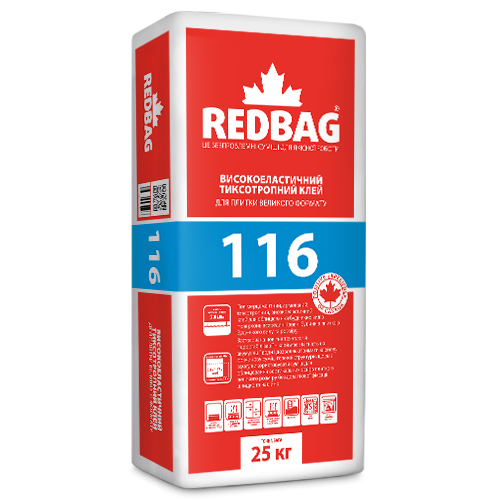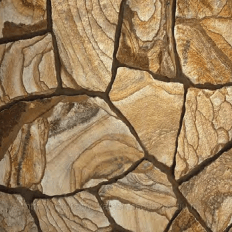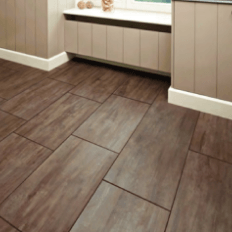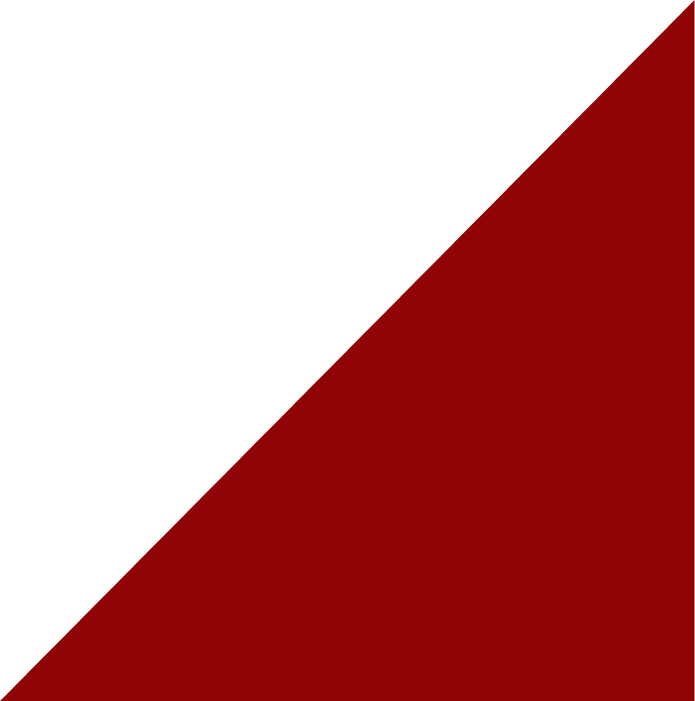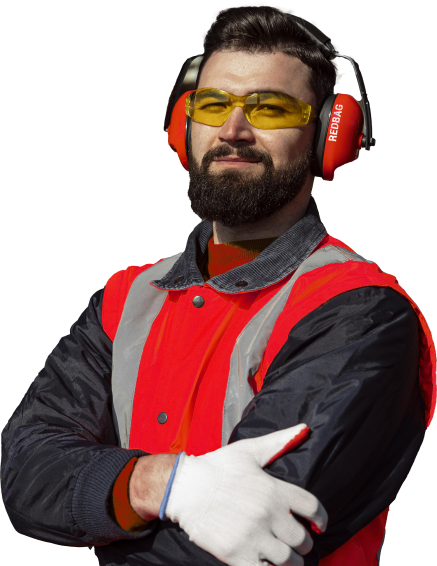REDBAG 116 - adhesive mixture intended for internal and external cladding of walls and floors made of strong concrete, brick, cement-sand, cement-lime, gypsum and other mineral bases, including those subject to deformation (i.e.: A. Bases subject to mechanical influences - vibrations through the foundation or from equipment, as well as partitions assembled on a profile system - plasterboard, gypsum fiber, OSB boards. B. Bases subject to atmospheric or temperature influences, namely sudden changes in temperature, but not higher than +90 ºС - stoves and fireplaces, facade insulation system, heated floors, even when it is necessary to lay tiles on an electric mat, basements, terraces, balconies, roofs that are in use, etc. C. Bases that have a layer in their design that "is "floating" - often the insulation is extruded polystyrene foam, or has a separate layer - cardboard, polyethylene, bitumen substrates ...) tiles of any type and size from 800×800 mm (0.64 m²) to 2000×2000 mm (or an area of no more than 4 m2 with the maximum size of one of the sides not more than 2400 mm). Cladding is allowed in places with heavy traffic and high mechanical loads.
Adhesion strength to the base of at least 2.0 MPa.

